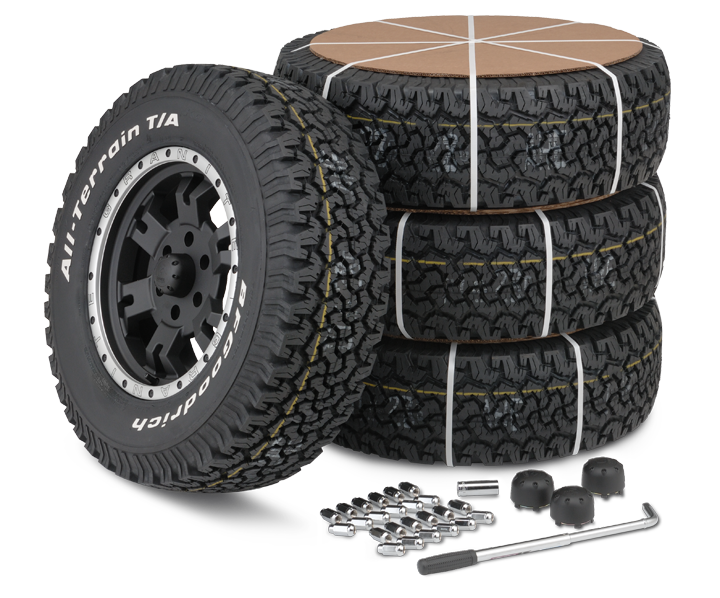Ideal Offers on Discount Tires Morris IL: High Quality Tires at Affordable Costs
Ideal Offers on Discount Tires Morris IL: High Quality Tires at Affordable Costs
Blog Article
Tire Service: The Impact of Climate Condition
When it pertains to making certain ideal performance and safety and security when driving, recognizing the impact of climate condition on tire service is crucial. From scorching warmth to icy roads, each weather condition aspect can considerably influence tire functionality and general driving experience. By delving into the results of varying climate conditions on tires, vehicle drivers can get beneficial insights that may boost their lorry's efficiency and longevity. In this discussion, we will discover the detailed connection in between climate condition and tire solution, shedding light on the relevance of weather-specific tire maintenance practices and factors to consider.
Warmth and Tire Performance
When revealed to high temperature levels, tires experience adjustments in performance that can significantly influence automobile security and handling. The heat created from long term driving or heat problems triggers the tire rubber to soften, causing decreased walk life and enhanced wear. As the rubber becomes softer, the tire's grasp when traveling decreases, affecting braking ranges and general traction. In extreme cases, extreme warmth can also cause tire blowouts, positioning a severe safety threat to the car and its occupants.
In addition, high temperatures can speed up the process of tire aging, triggering the rubber to degrade faster. This can cause splits, protrudes, and various other forms of damages that compromise the architectural integrity of the tire. To alleviate the results of warmth on tire performance, vehicle drivers must on a regular basis check their tire stress, revolve tires to make certain even put on, and check for any signs of damages. Furthermore, utilizing tires specifically developed to hold up against heats can aid keep ideal efficiency and security when traveling.
Cold Weather Condition Results
Cold weather problems can have a significant effect on tire efficiency and safety and security. As temperatures decrease, tire rubber can set, causing decreased traction on icy or snow-covered roads. In cold climate, tires might also shed air stress extra swiftly, which can influence handling and gas effectiveness. In addition, cool temperature levels can create tire sidewalls to stiffen, boosting the danger of damage from craters or various other road threats.
To minimize the impacts of winter on tires, it is vital to on a regular basis inspect tire stress and inflate them to the manufacturer's advised degrees. Using winter or all-season tires created for winter problems can also boost traction and hold on icy or snowy roads - mopar tire service specials. Appropriate tire upkeep, including regular evaluations for wear and damage, comes to be a lot more important during chillier months to guarantee ideal efficiency and safety
Rainy Conditions Influence
Throughout rainy problems, tire performance and safety can be significantly influenced by the wet roadway surface areas and decreased exposure. The step pattern of tires plays a vital role in maintaining traction on damp roadways. Tires with worn-out treads are more vulnerable to hydroplaning, where a layer of water constructs up in between the tire and the road surface, leading to loss of traction. To combat this, chauffeurs must consistently inspect their tires for adequate tread deepness and think about investing great site in tires specifically created for wet conditions.

Snow and Tire Safety And Security
Snow-covered roadways pose distinct difficulties for drivers, stressing the value of proper tire selection and maintenance. When driving in snowy conditions, having the best tires can make a considerable difference in safety and security and performance. Winter months tires are designed Source with special rubber substances and step patterns to supply far better traction on snow and ice compared to all-season tires. The much deeper treads and sipes of winter tires assist grip the road much better, lowering the risk of sliding and gliding.
In addition to utilizing winter season tires, it is essential to guarantee they are correctly blown up. Cold climate can trigger tire stress to go down, impacting grip and handling (discount tires morris il). On a regular basis checking and preserving the proper tire pressure is essential for optimum performance in snowy conditions

Weather-Related Tire Upkeep
When confronted with different weather conditions, appropriate tire maintenance comes to be an essential aspect of automobile safety and efficiency. Weather-related tire upkeep incorporates a series of practices targeted at guaranteeing optimal tire feature and durability in different climate circumstances. One vital element of weather-related tire maintenance is tire stress policy. Fluctuating temperatures can create tire pressure to vary, influencing traction and gas effectiveness. Consistently examining and changing tire stress according to producer recommendations is crucial for secure driving in transforming climate condition. Additionally, tire step depth plays a substantial function in taking care of different weather condition aspects. Tires with sufficient step depth supply much better grip on damp or icy roads, minimizing the risk of hydroplaning or skidding. When tread wear gets to a certain depth is crucial for keeping traction and security in damaging weather, evaluating tire tread regularly and replacing tires. By prioritizing weather-related tire upkeep, motorists can boost security, improve vehicle efficiency, and prolong the life expectancy of their tires.
Final Thought
Finally, climate conditions have a significant effect on tire efficiency and safety and security. web link From heat impacting tire pressure and wear to cool climate decreasing grip, it is necessary to consider the weather condition when preserving and making use of tires. Wet conditions can decrease grip and bring about hydroplaning, while snow can boost the threat of crashes if tires are not correctly furnished. Weather-related tire upkeep is crucial in ensuring ideal efficiency and security when traveling.
In this discussion, we will check out the complex partnership between weather conditions and tire solution, losing light on the importance of weather-specific tire upkeep practices and considerations.

Report this page